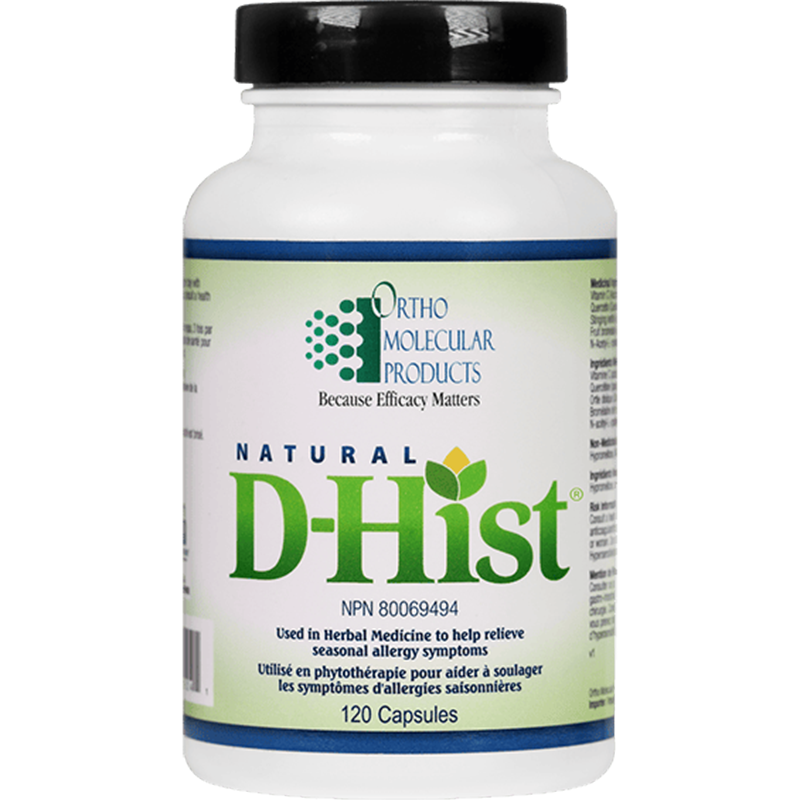By Christine Cheng, R.Ph. and Fred Cheng, R.Ph.
It is already July and anyone with cottonwood allergies will still be suffering the itchy eyes, runny nose, nasal congestion, and/or sneezing associated with seasonal allergic rhinitis (SAR) aka hay fever. Although most people associate seasonal allergies with tree pollens in the spring, grass and tree pollens in the summer and other weed pollens in the fall can be just as aggravating.
Understanding what is happening in the body can help us to understand which treatment options to choose. SAR reactions are characterized by the binding of an allergen-immunoglobulin E (e.g., pollen-antibody) complex to mast cells, which results in the release of histamine. Mast cells are found all over the body, but are more concentrated in the skin, lungs, and gastro-intestinal lining. Histamine, a natural chemical produced by the immune system and stored in the mast cells, is the culprit behind allergy symptoms as it increases blood flow to the area, which can make the mucous membranes lining the nose and throat swell as the liquid leaks out of the blood vessels. Histamine can also stimulate sensory neurons resulting in itching and cause smooth muscle contraction in the airways which can make it difficult to breathe.
Conventional antihistamines such as Claritin® (loratadine), Aerius® (desloratadine) or Reactine® (cetirizine) work by binding to histamine so that it cannot exert its effects on its various targets. As many sufferers of hay fever will report, these antihistamines can lose their effectiveness over time.
Rather than targeting the target tissue of histamine, we can target something more “up stream”. Quercetin is a dietary flavonoid with antioxidant and anti-inflammatory properties. It can stabilize mast cells (i.e., the very cells that release histamine) so that they do not readily release their contents, which translates into fewer allergy symptoms. Quercetin can be taken on its own or in a combination such as D-HIST™ from OrthoMolecular Products that also contains ingredients to improve the health of the mucosal tissue in the respiratory tract as well as balance the immune response. Quercetin-containing supplements should be taken on a regular basis for maximal benefits.
For those in whom diligent consumption of quercetin is still not enough, there is a supplement that works even further upstream. Remember those allergen-immunoglobulin E complexes that form and bind to mast cells? Well, most of this binding is dependant on a molecule called trypsin. Innovite’s ALLERGY-TRYP blocks the function of trypsin so that the binding cannot occur. If the mast cells are unaffected, they will not release their contents. The most interesting part is that Allergy-Tryp can work in as quickly as 10-15minutes and can be used on an as needed basis.
The most effective approach is a multi-faceted approach. Most of these natural supplements are compatible with other medications, but always check with your doctor or pharmacist to ensure their safe usage.
Christine and Fred Cheng are a passionate, charismatic sister-brother pharmacist team at their unique, family-operated Pharmasave stores in Cloverdale and Steveston, B.C. They specialize in natural remedies and compounding for both human and veterinarian use. Find them on Instagram and Facebook! Everything mentioned in their article is available InStore.
Articles, Q&A, blog posts and all materials submitted for publishing is the intellectual property of Cloverdale Pharmacy Ltd – reproduction in part or whole, in print or online, without written consent and permission is prohibited.




